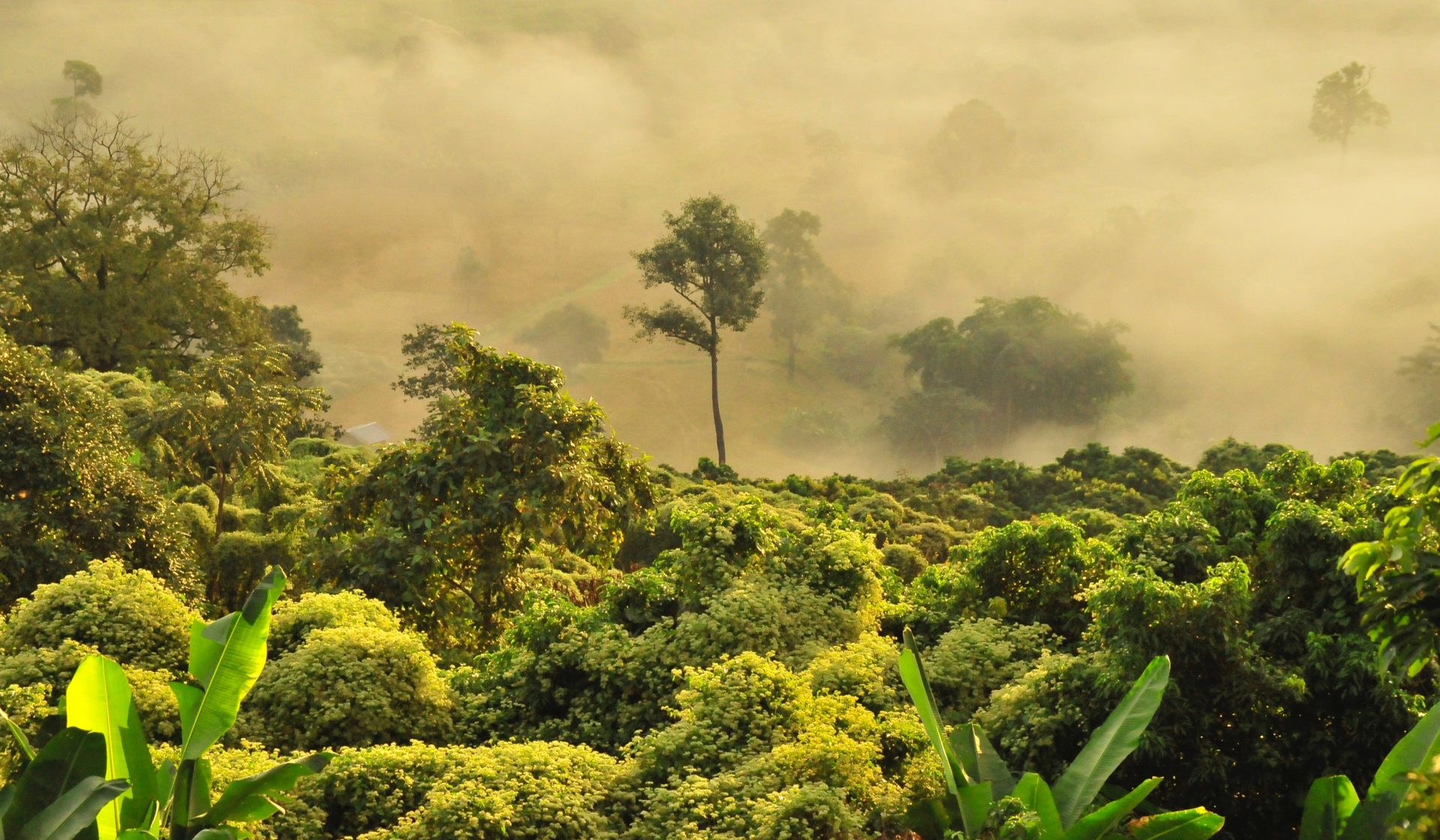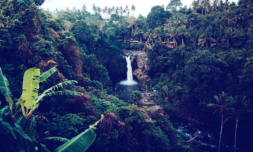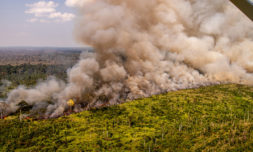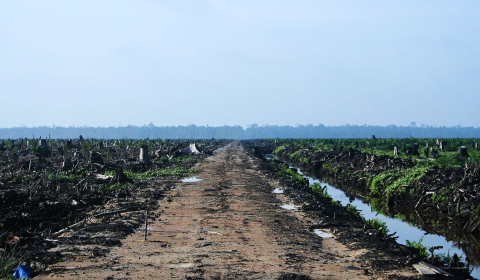A new study has discovered that the rainforest is producing more than a billion tonnes of carbon dioxide annually, a concerning sign for our fight against climate change.
As though we didn’t already have enough to worry about in our ongoing quest to save the planet, scientists have just confirmed that the Amazon is now emitting more CO2 than it’s able to absorb.
This, of course, has raised alarm bells over the potentially devastating effect it will have on its fragile ecosystem and further worsening of the climate crisis.
Often referred to as ‘the lungs of the Earth’ because of the area’s rich biodiversity, its vast stores of carbon and the way the forest influences the local and global climate, the rainforest is the largest natural shield we have protecting us from our own impact on the environment.
Until this point, it has been an effective agent in easing global warming, a carbon sink that soaks up the massive amounts of heat-trapping emissions driving our ecological emergency.
An emergency that, as of this week, is being accelerated by what was once our greatest ally against it.
Yet, unsurprisingly, the heart of the issue lies with humans, namely our production practices.
To meet global consumption demand, Brazilian farmers have spent decades clearing precious Amazonian land with deliberate fires, sometimes illegally, encouraged by the country’s president, Jair Bolsonaro, who has been heavily criticised in response.
Under his leadership, deforestation has surged to a twelve year high, an incomprehensible figure that’s has had detrimental repercussions across the region as trees produce the majority of its rain and fewer trees means hotter temperatures and more severe droughts.
It’s also drastically harming the livelihoods of indigenous communities, decimating the rainforest’s rich living organisms, and assuring us a ‘long term loss that is incalculable in terms of what could have been,’ says Antoinette Vermilye, co-fouder of the Gallifrey Foundation and She Changes Climate.
‘This carbon sink seems to be in decline,’ warns the study, which was published yesterday in Nature. ‘Over the past 40 years, eastern Amazonia has been subjected to more deforestation, warming and moisture stress than the western part, especially during the dry season.’

The investigation itself was conducted over a nine-year period in which Brazil’s National Institute for Space Research used small planes to measure carbon dioxide levels up to 4,500m above four main areas of the Amazon. It found these sites to be collectively leaving an additional one billion tonnes in the atmosphere – about the same as the annual emissions of the fifth most polluting country, Japan.
‘The precious Amazon is teetering on the edge of functional destruction and, with it, so are we,’ continues the report. ‘We stand exactly in a moment of destiny: The tipping point is here, it is now.’
Evidently, this poses a serious problem amid our attempts to overcome the climate crisis.
Losing the power of our Earth’s lungs to capture CO2 is a stark wakeup call that finding an alternative energy source to fossil fuels is more urgent than ever before.
‘Climate change doesn’t respect political and geographic boundaries,’ says Paulo Brando, an assistant professor at the University of California-Irvine. ‘What happens in the Amazon will affect the entire planet.’

















